When it comes to developing your personal style, lots of people want to compare French vs. Italian fashion to see which one resonates with them best. Both Italian and French women are some of the most chic in the world, and you may find yourself gravitating toward one country’s style or the other. Let’s talk about some of the key differences between Italian vs. French fashion trends. We’ll cover designers, outfits, and more.
Paris vs. Milan
The two European fashion capitals of the world are in a constant battle with each other. Which city is more stylish? That’s up to you to decide! Both French Fashion and Italian fashion fascinate the world. Women are constantly trying to emulate the elegance of French and Italian women.
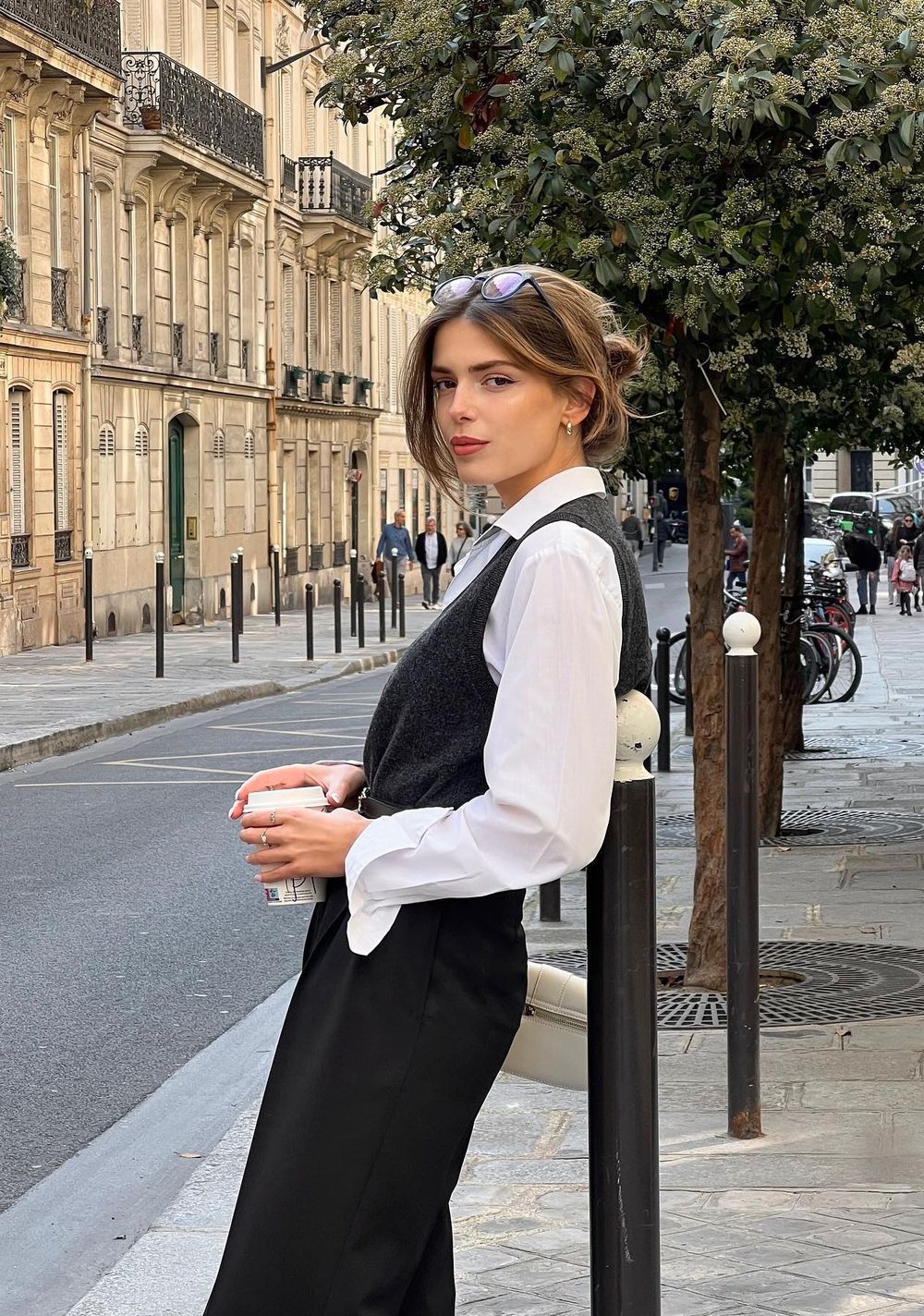
History of Fashion in Italy vs France
Italy and France have a rich and intertwined history of fashion, both contributing immensely to the development of fashion in Europe and the world. Here is a brief overview of the fashion history in these two countries.
Here is a summary of the history of Italian fashion:
- Ancient Rome (753 BC – 476 AD): The Roman Empire played a significant role in the development of fashion, with the toga being the most iconic garment. Other clothing items included stola, tunics, and palla. Clothing denoted social status and was made from various fabrics like wool, linen, and silk.
- Renaissance (14th-17th century): Italy, particularly Florence, was the epicenter of the Renaissance fashion movement. Italian fashion during this period saw a revival of ancient Roman styles, with an emphasis on luxurious fabrics, elaborate decorations, and intricate embroidery.
- 18th and 19th centuries: Italian fashion during this period was influenced by France, with local designers adopting French styles. However, Italian tailoring and craftsmanship still stood out in areas like Naples, Milan, and Sicily.
- 20th century: Italy saw a resurgence of its fashion industry after World War II, with designers like Gucci, Armani, and Valentino leading the way. Italian fashion became synonymous with luxury, high-quality materials, and expert craftsmanship.
- Late 20th century to present: Italian fashion continued to thrive, with the rise of brands like Prada, Dolce & Gabbana, and Versace. Today, Italy remains a leading player in the global fashion industry, known for its elegance, innovation, and craftsmanship.
Here is a quick summary of the history of French fashion:
- Medieval period (5th-15th century): French fashion was characterized by tunics, surcoats, and houppelandes. Sumptuary laws dictated what different social classes could wear, with higher classes having access to luxurious fabrics like silk, brocade, and velvet.
- Renaissance (16th century): French fashion during this period was heavily influenced by Italian styles. King Francis I and Queen Catherine de’ Medici played a significant role in importing and popularizing Italian fashion in France.
- Baroque and Rococo (17th-18th century): French fashion reached new heights under the reign of Louis XIV and XV, with elaborate, ornate styles dominating the royal court. The Palace of Versailles became the epicenter of fashion, with France establishing itself as the global fashion capital.
- 19th century: French fashion continued to evolve during this period, with the rise of the haute couture industry. Iconic designers like Charles Frederick Worth and Paul Poiret revolutionized the way garments were designed and produced, making Paris the center of the fashion world.
- 20th century: French fashion continued to dominate, with designers like Coco Chanel, Christian Dior, and Yves Saint Laurent shaping global fashion trends. The emergence of ready-to-wear and avant-garde fashion in the latter half of the century diversified the French fashion landscape.
- Late 20th century to present: France remains an influential player in the global fashion industry, with Paris Fashion Week being one of the most prestigious events on the fashion calendar. Contemporary designers like Jean-Paul Gaultier, Alexander McQueen, and Nicolas Ghesquière continue to push boundaries and innovate within the industry.

French vs. Italian Fashion Differences
Let’s dive into the French vs. Italian fashion battle! Today we’ll explore the major style differences between French vs Italian fashion design and outfits.
Extravagance vs Simplicity
If we had to distill the French vs. Italian fashion differences discussion down to one aspect, it would probably be extravagance vs. simplicity. French fashion is often based on very simple yet elegant outfits, while Italian fashion is all about over-the-top extravagance and decadence.
Flashy Clothing
Italians love wearing bright and flashy clothing, while the French prefer toned-down neutral looks. From flashy oversized necklaces to look-at-me dresses, Italians love wearing clothing and accessories that make them stand out.
Bright Colors
Italians love wearing bright colors. Just take a look at Valentino’s key color for the upcoming season – hot pink! The French prefer neutral colors in their outfits like beige, white, and black.
High Heels
Italian women love wearing super high heels. The French prefer to wear smaller heels and classic shoes that are walkable. They are much easier for walking through Paris, after all!
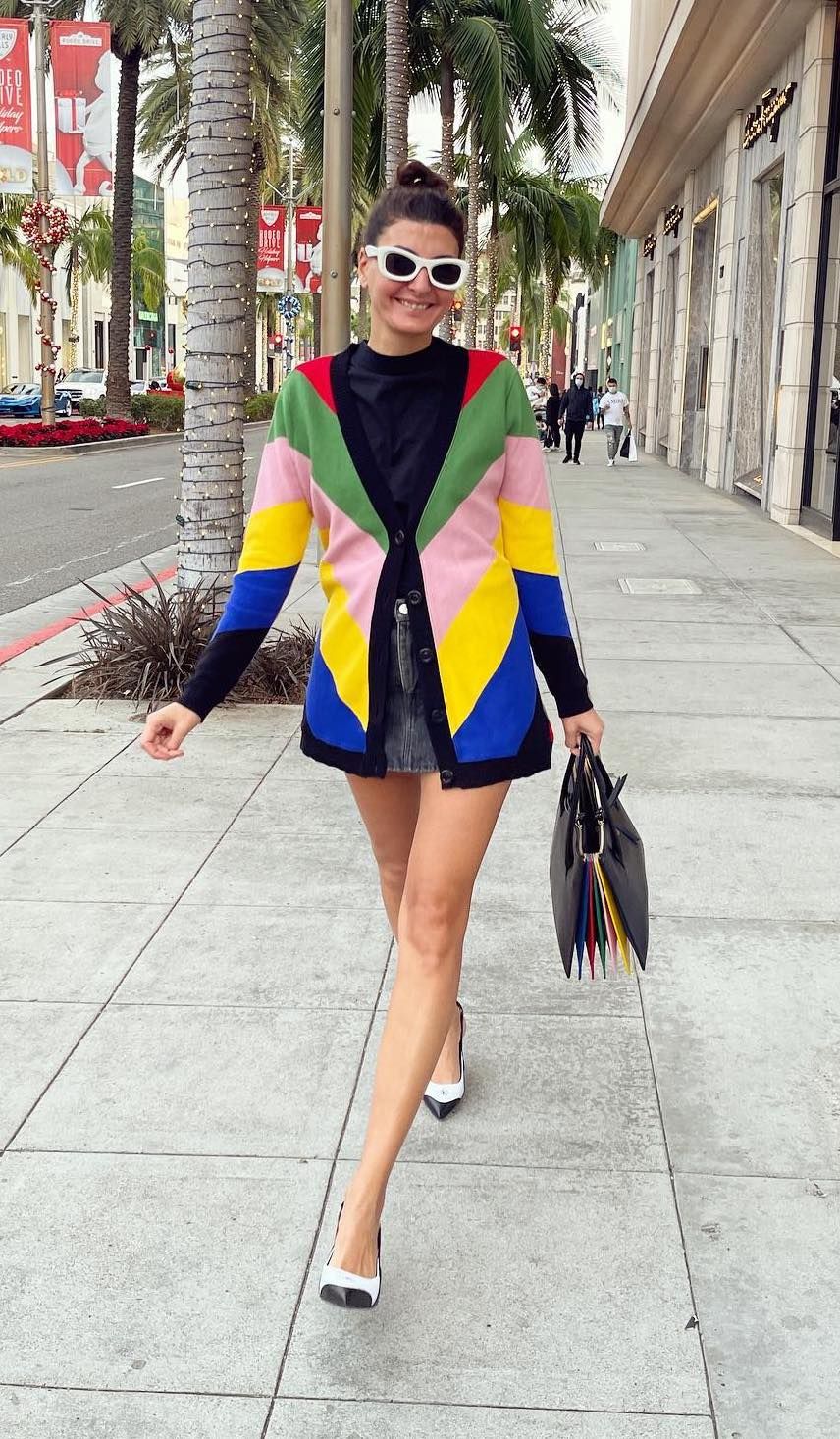
Shorter Hemlines
Italians tend to wear shorter hemlines on their dresses and shorts. They aren’t afraid of showing a little leg. Parisians tend to prefer midi skirts, and only opt for shorts when near the beach!
Sexiness
Italians are very comfortable showing their sexuality through their clothing. They don’t mind wearing sexy outfits and consider it very normal. French women, on the other hand, tend to dress much more modestly. There is even a “masculine” trend among French women that many like to follow.
Feminine vs. Masculine
Yes, French women love wearing both “masculine” and feminine pieces. They will never wear a fully masculine look of course, but they regularly incorporate an oversized blazer for wide-leg pants into their outfits which gives them a slightly masculine touch.
Fancier Nightlife Outfits
Italian women love to wear fancy clothing when they go out at night. From metallic handbags to silky dresses they love dressing up to the nines during a night out on the town. Whether it’s for a date or just drinks with the girls, you’ll often see Italians wearing their best out at night.
The French, on the other hand, tend to wear more simple nightlife clothing. They might wear a nice fancy top and pair it with a pair of Levi’s 501 jeans and gold strappy sandals for example.
Lots of New Accessories
Italians love accessorizing with the latest jewelry and handbag pieces, while the French tend to stick to their core accessories: simple gold necklaces, silk scarves, and a simple leather handbag.
Wearing Multiple Statement Pieces
The French stick to just one statement piece per outfit, as a rule. They don’t ever want multiple pieces competing for attention on their bodies. Italians don’t mind wearing two or three statement pieces per outfit such as a bright-colored dress, patterned handbag, and flashy shoes. As long as the colors go together, they are ok with several key pieces.
Italians Always Have a Swimsuit on Hand
Since they live so close to the beach, Italians always have a swimsuit on hand! Italian swimwear is just as extravagant as the clothing and Italians are always looking for the next eye-catching bikini trends.
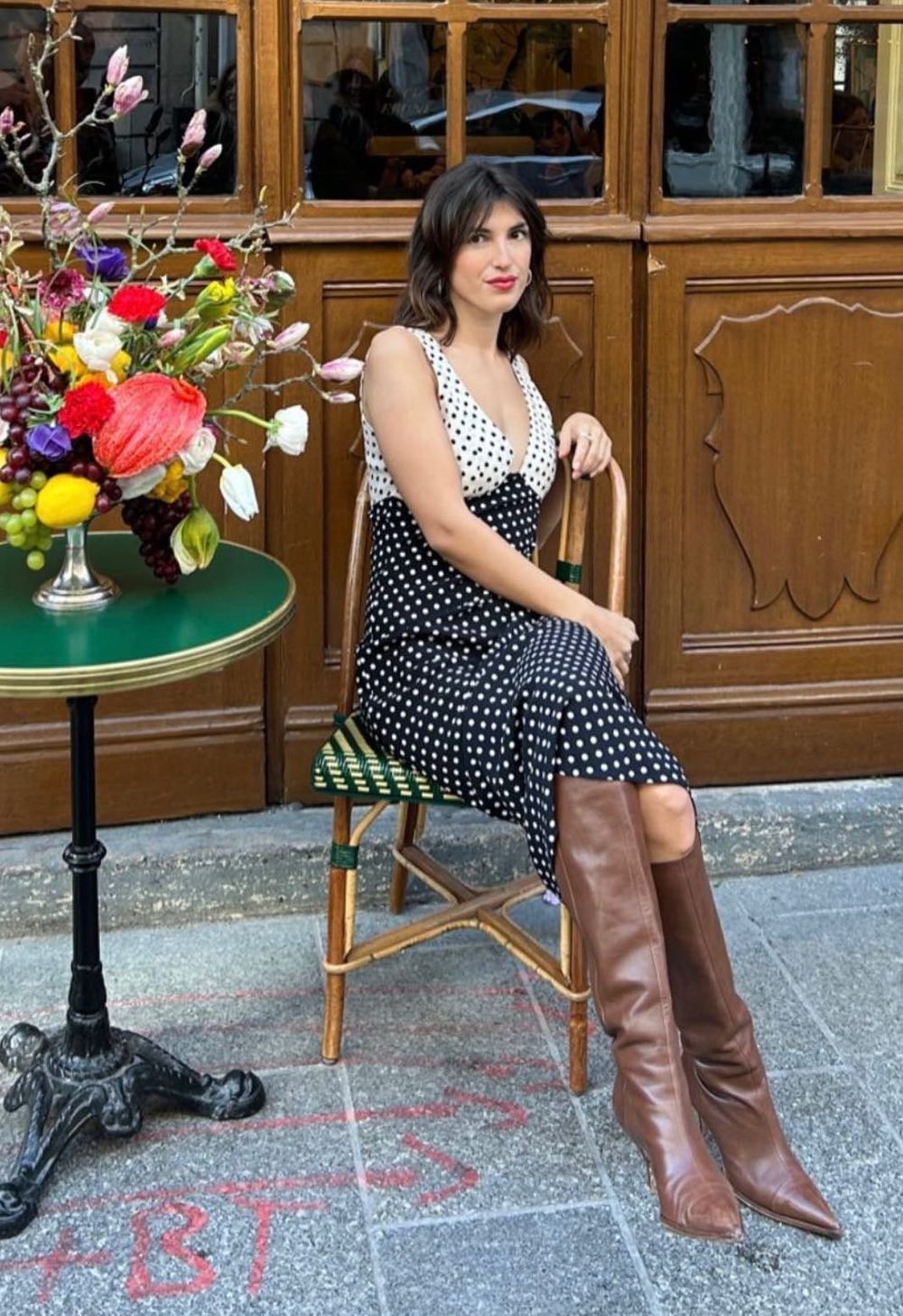
French vs. Italian Fashion Brands
The top luxury Italian fashion designer brands are:
- Gucci: Founded in 1921, Gucci is an iconic Italian fashion house known for its luxurious designs and high-quality craftsmanship. Their signature pieces include their GG monogram, horsebit loafers, and the ‘Flora’ print.
- Prada: Established in 1913, Prada is an Italian fashion house renowned for its contemporary and timeless designs. Prada is known for its sophisticated handbags, iconic nylon backpacks, and classic leather shoes.
- Valentino: Valentino is a luxury Italian fashion house founded in 1960 by Valentino Garavani and Giancarlo Giammetti. The brand is renowned for its classic, timeless pieces such as the Valentino Rockstud and the Valentino Garavani Couture gowns.
- Versace: Founded in 1978, Versace is a fashion house known for its bold designs and luxurious fabrics. Versace is best known for its bright prints, leather accessories, and glamorous evening wear.
- Dolce & Gabbana: Established in 1985, Dolce & Gabbana is an Italian fashion house known for its bold and vibrant designs. Their signature pieces include their ‘DG’ logo, corset dresses, and Sicilian-inspired prints.
- Fendi: Founded in 1925, Fendi is an Italian fashion house known for its modern and sophisticated designs. Fendi is best known for its fur accessories, ‘Baguette’ bags, and ‘Peekaboo’ handbags.
- Pucci: Pucci is an iconic Italian fashion house founded by Emilio Pucci in 1947. Today, the brand is renowned for its colorful and eye-catching prints and designs, often seen on statement pieces such as dresses, skirts, and jumpsuits.
- Missoni: Missoni is an Italian luxury fashion house founded in 1953 by Ottavio and Rosita Missoni. It is renowned for its vibrant knitwear, colorful prints, and signature zigzag patterns on clothing, accessories, and home decor.
- Marni: Marni is an Italian fashion house founded in 1994 by designer Consuelo Castiglioni. It is known for its eclectic, bohemian style, with pieces that are both fashion-forward and timeless.
In France, the top luxury French fashion designer brands are:
- Chanel: Founded in 1910 by the iconic Gabrielle “Coco” Chanel, Chanel is one of the most iconic and recognized luxury French fashion houses. It is known for its iconic little black dress, tweed suits, and quilted handbags.
- Dior: Established in 1946 by Christian Dior, Dior is renowned for its haute couture designs and exclusive ready-to-wear collections. Its signature looks include the “Bar” suit, the “New Look”, and its signature fragrance, Miss Dior.
- Louis Vuitton: Founded in 1854, Louis Vuitton is a French fashion house that is renowned for its iconic leather goods, including its well-known monogram canvas bags. Its other pieces include its popular sneakers, ready-to-wear collections, and jewelry.
- Hermès: Founded in 1837 by Thierry Hermès, Hermès is a luxury French fashion house that is known for its luxurious leather goods, such as its Birkin and Kelly bags. It is also known for its iconic silk scarves, jewelry, and ready-to-wear collections.
- Givenchy: Founded in 1952 by Hubert de Givenchy, Givenchy is a French fashion house that is known for its classic and elegant designs. Its signature pieces include its little black dress and its iconic perfume, L’Interdit.
- Lanvin: Lanvin is a French fashion house founded in 1889 by Jeanne Lanvin. It is known for its timelessly elegant designs and its signature pieces such as its classic tailoring, ornate eveningwear, and exquisite accessories.
- Celine: Celine is a French luxury fashion house founded in 1945 by Celine Vipiana. It is best known for its timeless and luxurious ready-to-wear collections, Triomphe handbag, leather goods, and accessories.
- Balmain: Balmain is a French fashion house founded in 1945 by Pierre Balmain. It is renowned for its structured blazers, glamorous evening wear, luxury accessories, and statement pieces featuring bold silhouettes and intricate detail.
What do you notice most about the differences between French vs. Italian fashion and style?


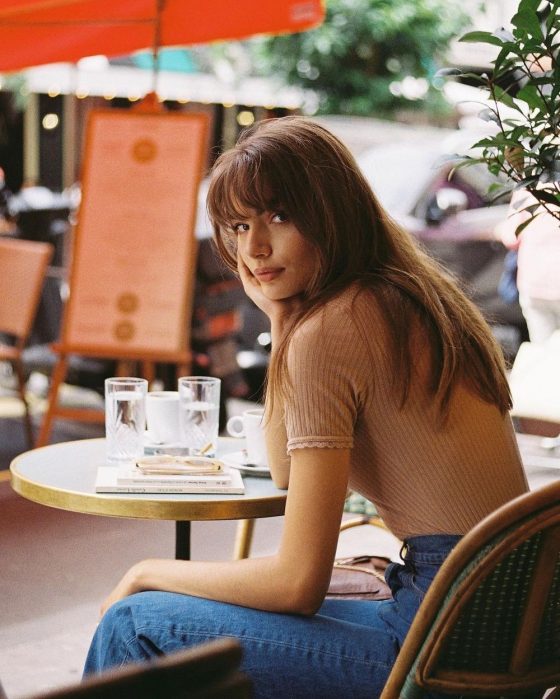
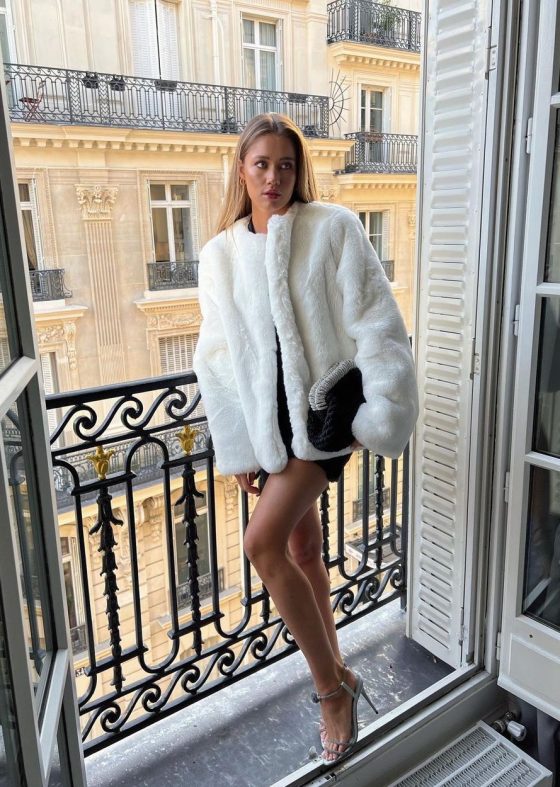
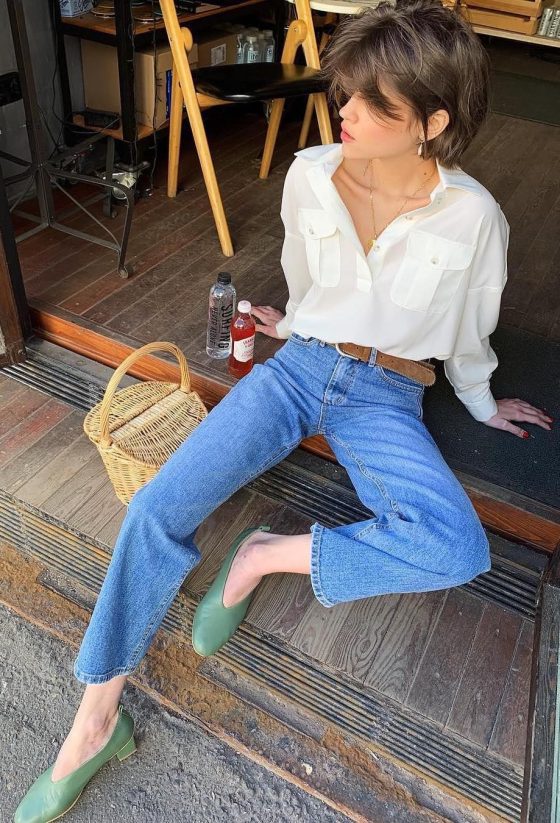
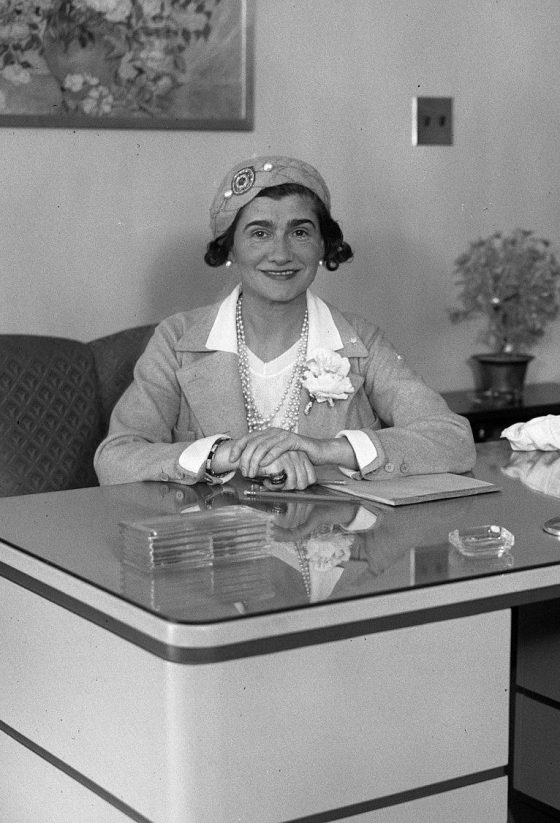
1 comment
Many Thanks to You for the lovely inspiring and full of life website. I absolutely love it